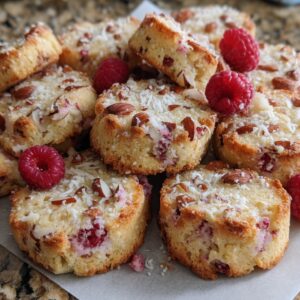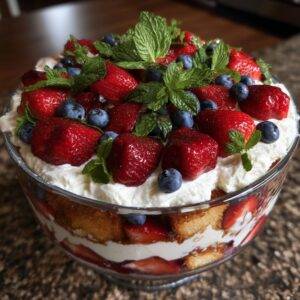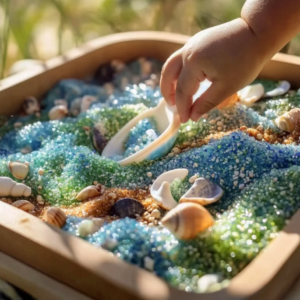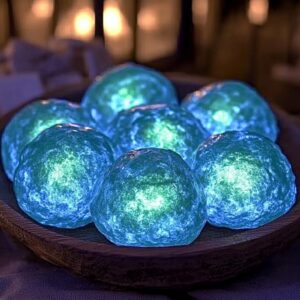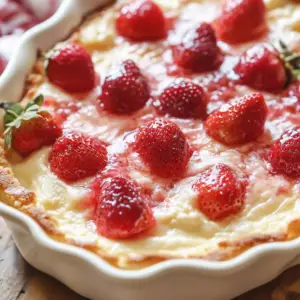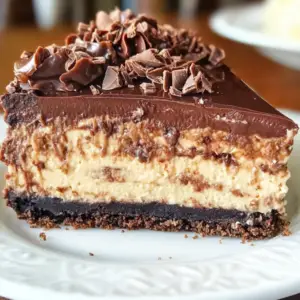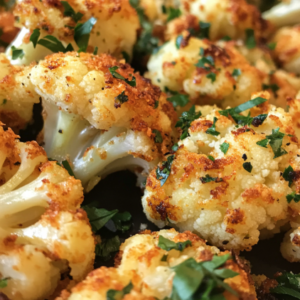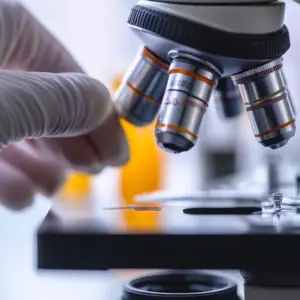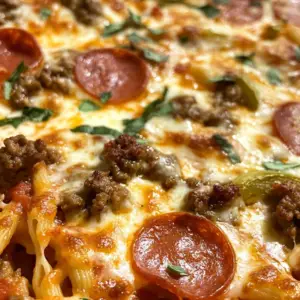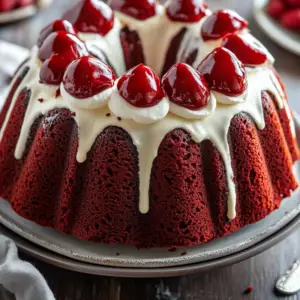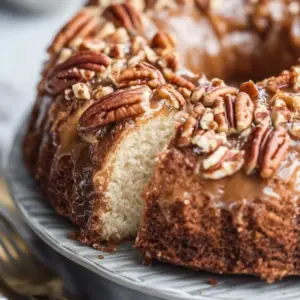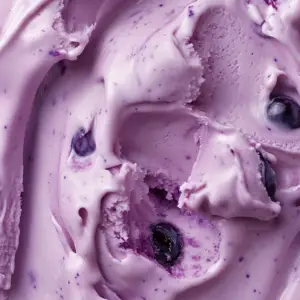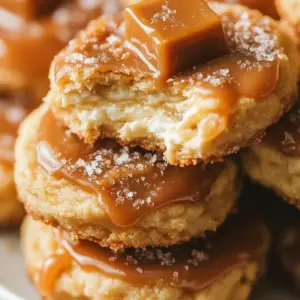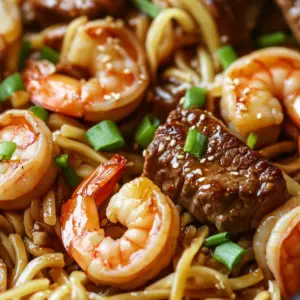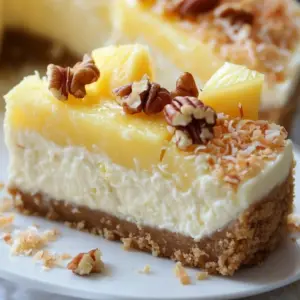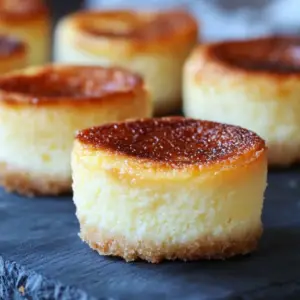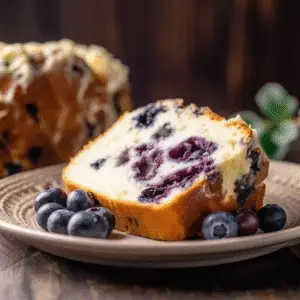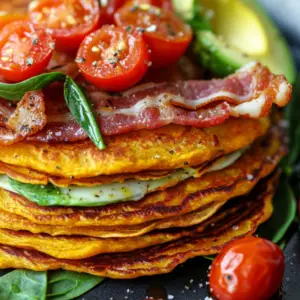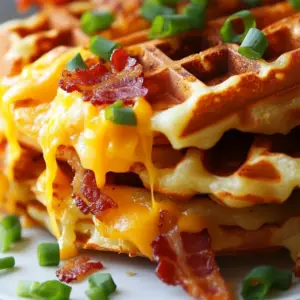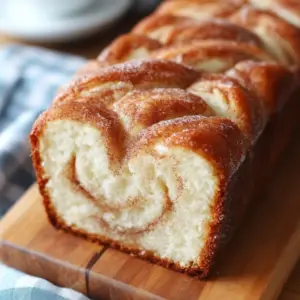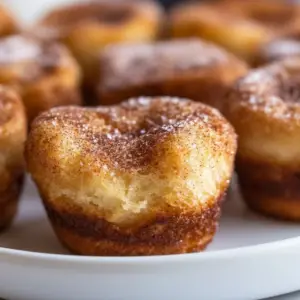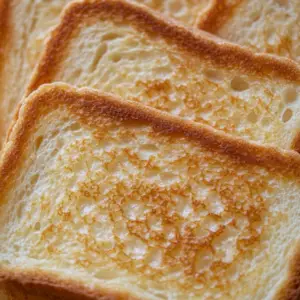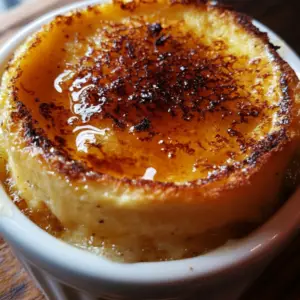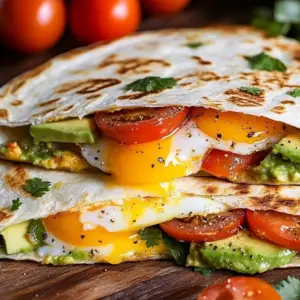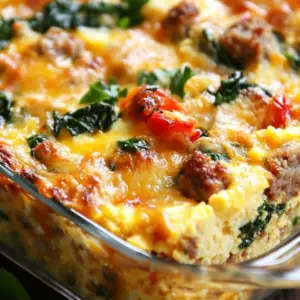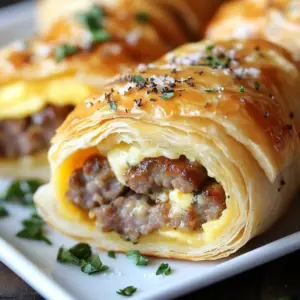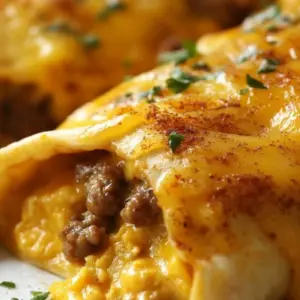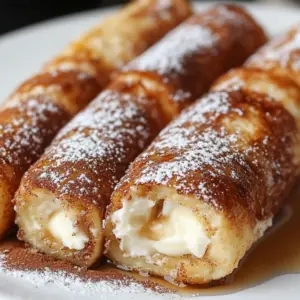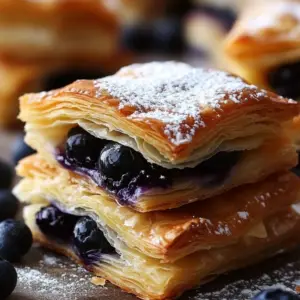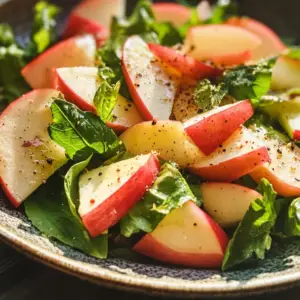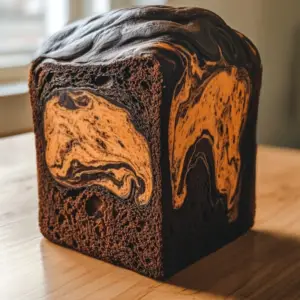Before we dive into this delightfully fizzy science experiment, let me just say—thank you for being here! Whether you’re a parent looking for hands-on learning, a teacher planning a classroom demonstration, or a curious mind eager to try something new, I’m so glad you stopped by. This little balloon experiment is more than just a giggle-worthy moment—it’s a powerful tool for learning basic chemistry in a way that feels like pure magic!
Want more fun experiments and engaging activities like this? Subscribe now and get exciting science projects straight to your inbox!
What Is the Balloon Baking Soda Experiment?
This classic science experiment uses simple household items to demonstrate a chemical reaction between baking soda and vinegar. The result? A balloon inflates on its own, as if by magic—but really, it’s all thanks to chemistry!
Why You’ll Love This Experiment
- Super simple to set up – Only a few items needed!
- Incredibly visual – The balloon inflating feels like a little explosion of learning.
- Safe and fun for all ages – With proper supervision and safety goggles, it’s suitable for younger children too.
- Educational – Teaches real chemical reactions (hello, carbon dioxide gas!).
What Does It Teach?
It’s hands-on science that’s easy to understand:
- When baking soda (a base) and vinegar (an acid) mix, they form carbon dioxide gas.
- This gas fills the balloon, showing the power of chemical reactions in real time!
Benefits of Doing This Experiment
- Encourages curiosity and scientific thinking.
- Strengthens observation and hypothesis skills.
- Offers a sensory-rich, memorable experience.
- Perfect rainy day or weekend activity!

Ingredients
- 1 balloon
- 1 small plastic bottle (12–16 oz)
- 1–2 tablespoons baking soda
- 1/2 cup white vinegar
- Optional: food coloring
- Safety goggles
- Tray to catch spills
Tools You’ll Need
- Funnel (or a rolled-up piece of paper to make one)
- Measuring spoons and cups
- A steady surface for the reaction
- Paper towels or a cloth for cleanup
Ingredient Variations & Additions
- Food Coloring: Add to vinegar for a colorful twist.
- Glitter: A tiny pinch (not too much!) can add sparkle.
- Essential Oils: A drop or two makes it a fragrant experiment.
Step-by-Step Instructions
Step 1: Safety First
Put on your safety goggles and lay down a tray to catch any overflow.
Step 2: Prep the Vinegar
Pour ½ cup of white vinegar into the plastic bottle. Add a few drops of food coloring for extra fun.
Step 3: Load the Balloon
Place a funnel into the balloon’s neck and carefully spoon 1–2 tablespoons of baking soda into the balloon. Don’t spill!
Step 4: Seal the Balloon
Stretch the balloon’s opening over the bottle’s mouth without letting the baking soda fall in just yet.
Step 5: Let It React!
Lift the balloon so the baking soda drops into the vinegar—and step back! The reaction begins immediately.
Step 6: Observe and Discuss
Watch as carbon dioxide gas fills the balloon. What do you notice? Any surprises?
What to Serve (With a Smile!)
Okay, okay, not actual food—but this experiment pairs wonderfully with:
- A mini science journal to draw observations.
- A discussion about solids, liquids, and gases.
- A follow-up experiment like DIY lava lamps or invisible ink!

Tips for a Successful Experiment
- Don’t overfill the balloon—it needs space to inflate.
- Keep the bottle steady during the reaction.
- Use fresh baking soda and vinegar for the best results.
How to Store Materials
After the experiment:
- Discard the used vinegar and baking soda.
- Wash and dry the bottle and funnel for next time.
- Store goggles and unused balloons in a labeled science kit bin!
Fun Science Facts
- This is a great intro to acid-base reactions.
- Carbon dioxide is the same gas that makes soda fizzy!
- Balloons make it easy to see an otherwise invisible gas in action.
FAQ
Q: Can I reuse the balloon?
A: Yes, if it’s not stretched too much or has baking soda residue inside. Rinse and dry thoroughly.
Q: What age is this best for?
A: Ages 4+ with supervision. Older kids can even write hypotheses and conclusions!
Q: What if the balloon doesn’t inflate?
A: Check for leaks and make sure you used enough baking soda and vinegar.
Conclusion
Science really is magical—and this balloon baking soda experiment proves it! It’s colorful, interactive, and totally unforgettable. I love sharing experiments like this because they bring families and classrooms together through hands-on discovery.
Ready to try it? Gather your ingredients, put on those goggles, and get ready to wow your little scientists!

Try These Next!
- DIY Volcano Eruption
- Homemade Slime (with Borax and Without!)
- Color-Changing Milk Experiment
- Elephant Toothpaste Demo (Kid-Safe Version)
Share the Fun!
Tried this experiment? I’d LOVE to see it!
📸 Post a pic on Pinterest and tag me so we can celebrate your science success!
Nutritional Information
None needed—this one’s strictly for science!
Let me know if you’d like this post formatted into a downloadable PDF or printable science worksheet version!



